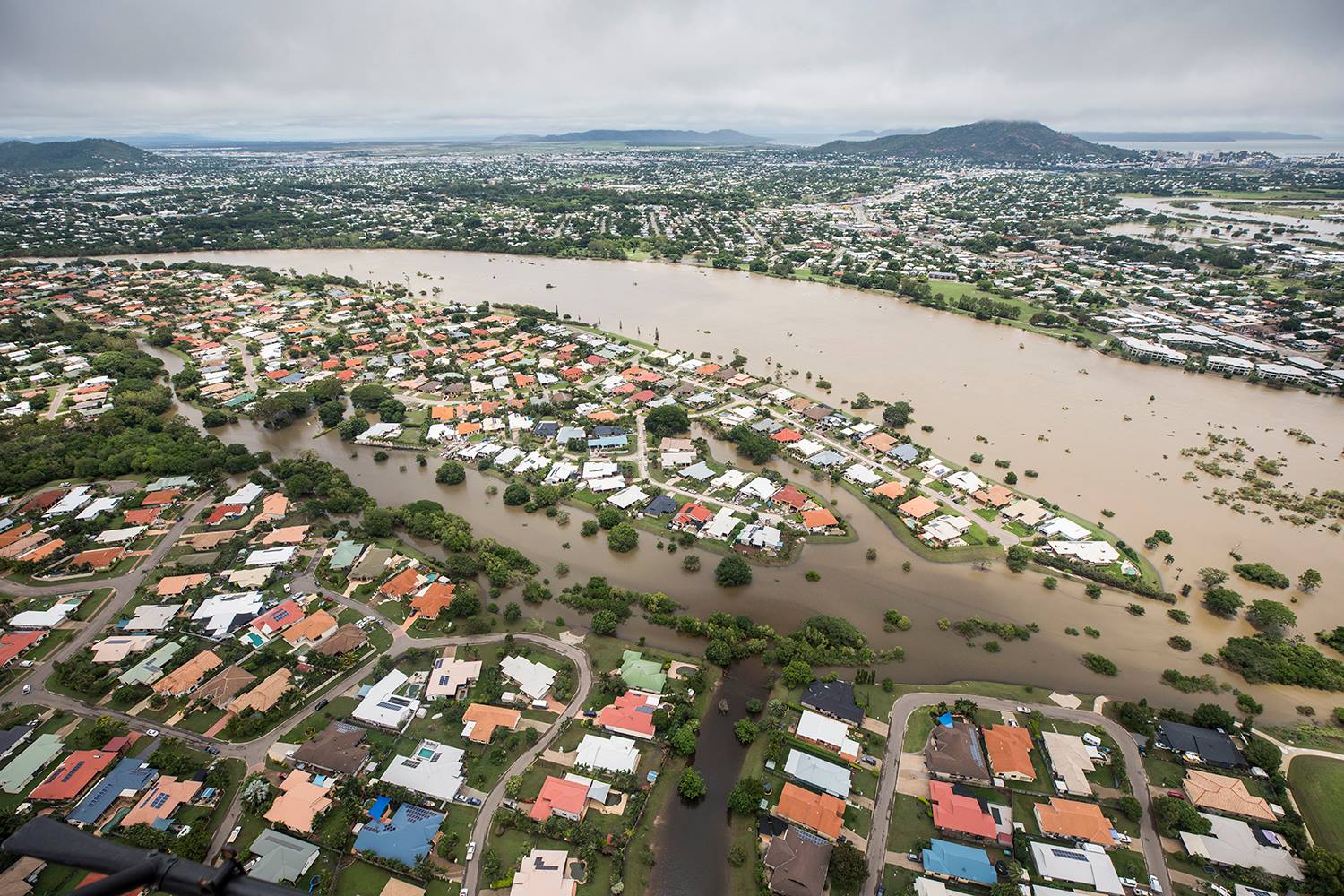Many developing nations have grand plans to expand their road networks, but many planned roads should not be built, concludes a major study by James Cook University researchers.
Their paper, published in Current Biology, highlights the fact about 25 million km of new paved roads are expected to be developed globally by 2050.
Roughly 90 per cent of these will be built in developing nations, frequently in tropical and subtropical regions with high biodiversity and environmental values.
“It’s a very dangerous time,” Professor William Laurance said. “Our exhaustive study suggests that the economic, social and environmental risks of poorly planned roads are much greater than is generally understood.”
Lead author Dr Mohammed Alamgir said even expensive roads could be rapidly rendered useless by numerous pot-holes, road slumping, and landslides in high-rainfall areas.
“Unless there’s expensive ongoing maintenance, big road projects can easily become giant money-losers for developing nations,” he said.
Professor Laurance said corruption played a role as well.
“Many high-risk roads get approved only because government officials are being secretly paid off by road proponents,” he said.
“And often contractors build substandard roads—for example, using too little cement or road base—and then pocket the stolen proceeds, leaving the roads even more vulnerable to rapid collapse.”
Most developing nations have ambitious plans for road expansion, often designed to promote economic growth. For example, in just three years, the total length of paved roads will double in Asia’s developing nations, according to the Asian Development Bank.
“We knew roads were very dangerous for the environment—leading to sharp increases in illegal logging, fires, land speculation and poaching,” said co-author Dr Mason Campbell. “But to us the big surprise was just how risky they were from economic and social perspectives.”
More at PIIS0960982217311077


